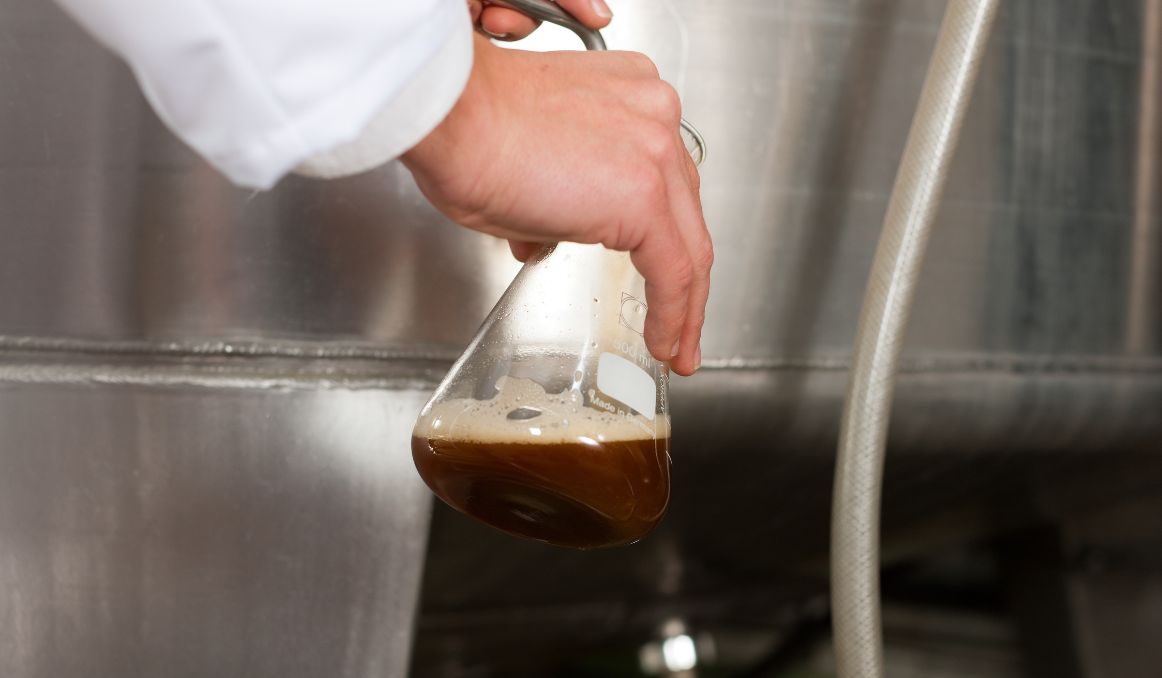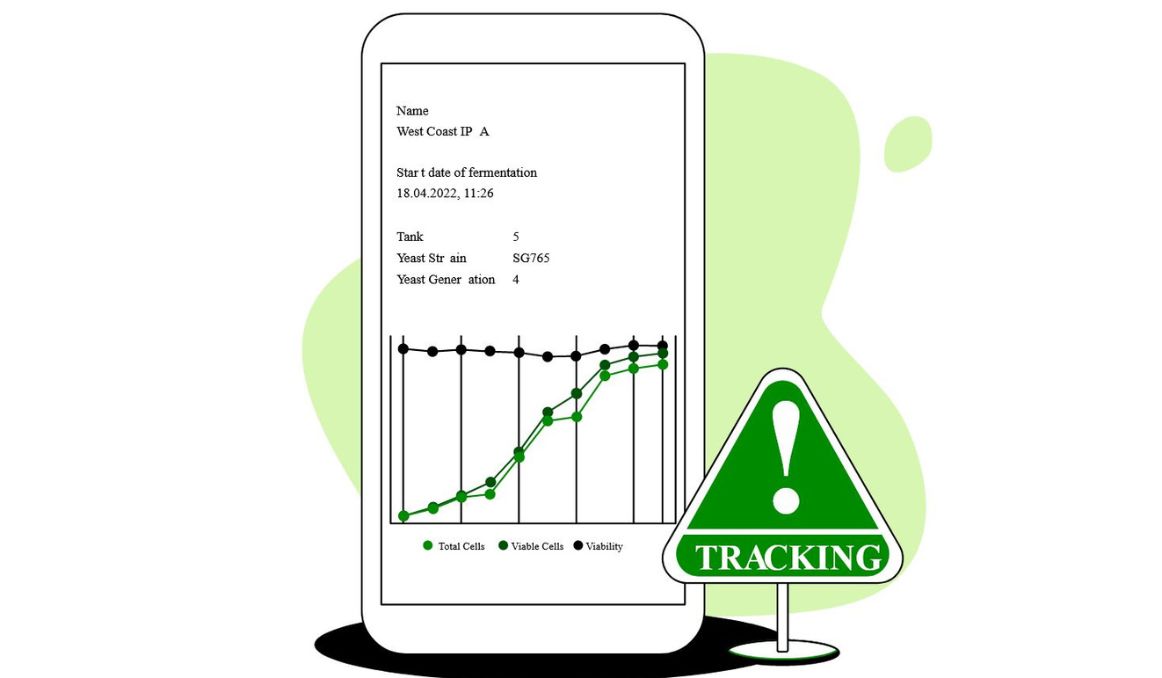Yeast Propagation Calculator: Do You Need One?
One of the greatest discoveries made by brewers in the industry, throughout history, was how to crop and propagate their own yeast.
Even before we knew what yeast was, we could harness its power and save ourselves time and energy waiting on nature to take its course.
And those ancient brewers in Egypt thousands of years ago did not have a yeast propagation calculator.
So why would you need one?
Let’s explore.

Yeast
Yeast really does not need much help to thrive and multiply, providing plenty of healthy cells to ferment your favorite brew.
But, in modern times, a little bit of science is involved in crafting a perfectly consistent brew, which truly is the key to success among today’s selective beer drinkers.
Just like the chef or baker understand the processes involved in adding wine or salt or herbs to a dish, a brewer must understand their ingredients and at least the basics of the chemical process they undergo during brewing.
Yeast is the only necessary ingredient in beer.
You could make beer with virtually any grain. Just look at oatmeal stouts, or even sake from Japan, which is often misunderstood as wine.
If it is made from a fermented grain, it’s beer.
You can also use a wide variety of herbs in beer to cut sweetness, add complexity of flavor and aroma, and increase bitterness. For thousands of years, brewers used bog myrtle and yarrow. Today they use hops. But we could always mix it up.
You cannot, however, make beer without yeast. And there is no yeast alternative.
Yeast is it.
A single celled eukaryotic living organism, yeast has been around since virtually the beginning of life on earth.
And it has had a single job: find sugar and convert it to alcohol and carbon dioxide.
Yeast has been doing its job independent of humans since long before humans, or our apelike ancestors, have been around.
Indeed, anthropologists have found that tribes of chimps will wait for yeast to ferment ripe and rotting fruit before eating it.
They have also found tribes of chimps that collect palm sap and wait for it to ferment, having drunken weekends and even fighting over the last dregs of “wine” before passing out drunk.
So you see, yeast does not really need us to propagate it. It is quite happy to serve its function all on its own.
And it has been happy to do so since long before we knew what was happening.
Still, there is great value in propagating yeast today, which means a yeast propagation calculator may come in handy after all.
Commercialization and Industrialization
The rise of industrialization in the 1800s led to the rise of commercialization right behind it. Essentially, people figured out that they could capitalize on a factory and mass production system, marketing and selling products to consumers on demand.
Beer, and by extension yeast, are two critical components of that process.
First, mass producers figured out they could bottle and ship beer around the world. Then, companies realized they could package and ship yeast around the world to brewers.
As a result, consumers came to expect and of course demand one thing of their breweries: consistency.
Where once upon a time a beer drinker would head into a pub and order ale, maybe lager, and hope for the best, today, a beer drinker typically knows what to expect, and will get quite upset if those expectations are not met.
Even if a consumer is trying something new, they will then expect that new beer to taste the same each time they order it or buy it at market again.
In the beer industry, whether you are a large brewer or a brand-new small craft brewer, the key to the vast majority of your success will lie in consistency.
You can make a great beer.
But can you make that same exact great beer again and again?
This is where a yeast propagation calculator comes in.
Why You Need a Yeast Propagation Calculator

Various yeast strains, and there are literally hundreds, will provide a wide variety of flavors, aromas, and micronutrients that add complexity to your beer.
And while you can explore various strains, either by harvesting from your favorite bottled beer or purchasing various liquid yeasts, of which there is a much larger variety of options than you’ll get with dry yeast, how can you ensure you will have the same brew every time?
How do you guarantee consistency?
The only answer, really, seems to be to propagate your own yeast, especially in this day and age of inflation and supply and demand issues.
What if your yeast provider cannot come through with your favorite strain?
What if the cost of your yeast becomes prohibitive?
No. It pays to simply propagate your yeast.
But then the trick becomes ensuring you are pitching yeast with the same level of viability every time.
And how do you do that? With a yeast calculator.
If you are always purchasing your yeast, you can of course use any one of the millions of online yeast calculators to be found at various websites. They will calculate your viability and pitch rate based on the manufacturer date on your yeast package. However, there are several problems with these so-called calculators, about which we’ve talked at length here.
Even if you do pitch fresh every time, though, it would still be better to own a proper yeast calculator, as those websites are making pure guesstimates, but at least there is some level of reliability in their calculations.
But when you propagate your own yeast, you need to be able to accurately check your cell count and viability and calculate the amount of yeast you need for a new brewing process, as a huge difference in viability will make for a difference in your end product as well.
With a yeast calculator, you can accurately determine how to calculate your yeast starter and use your device as a yeast slurry viability calculator as well.
So you can reduce production costs AND offer your loyal drinkers a consistent brew every time.
Cheers!
If you’re looking for a reliable yeast propagation calculator and want to find out how you can use our technology to control fermentation and monitor your yeast, save work hours and improve the cost-efficiency of your business, drop us a line at [email protected] or check out our product page:
Also, you can now get access to a fully functional demo account to test our Web App.
Completely free of charge and with no commitment to purchase.
Sources:


